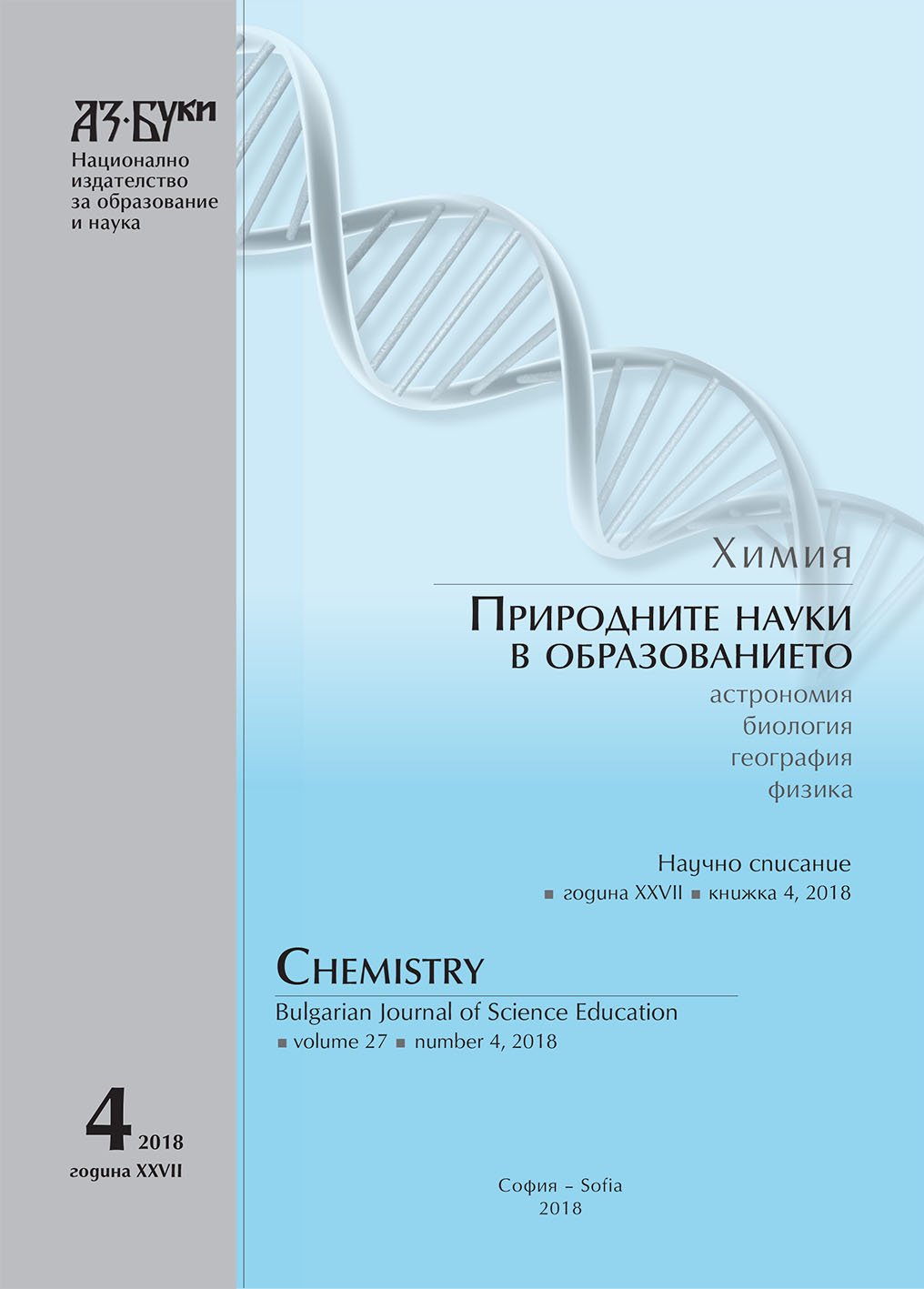Изследване на полимерни материали с помощта на електроакустичен и вихроволтов метод
Investigation of Polymer Materials by Means of Electro-Acustical Pulse-Echo Method and Eddy Current Method
Author(s): Radostin Kasarov, Samuil DinevSubject(s): Social Sciences, Education, Higher Education , History of Education, Scientific Life, Conference Report
Published by: Национално издателство за образование и наука „Аз-буки“
Keywords: electro-acoustic; ultrasonic attenuation coefficient; pulse-echo method; eddy current method; optical polymers
Summary/Abstract: We have examined eight types of optical polymer plates including polymethyl methacrylate (PMMA) which is preferred material for ultrasonic purposes. Their longitudinal ultrasonic velocity and attenuation coefficient have been determined by means of pulse-echo technique. Comparison of acoustic properties of the investigated polymers and PMMA sample at 15MHz frequency. Obtained values of the ultrasonic attenuation coefficient and acoustic path length could be used to qualify homogeneity and isotropy of the polymer materials. Eddy current testing is based on the physics phenomenon of electromagnetic induction. The principle of the eddy current technique is based on the interaction between a magnetic field source and the test material. This interaction induces eddy currents in the test piece. The thickness of nonmetallic coatings on metals can be determined simply from the effect of liftoff on impedance. This method has used for measuring thickness and research a structure of thin walled non-conductive polymers.
Journal: Химия. Природните науки в образованието
- Issue Year: 27/2018
- Issue No: 4
- Page Range: 502-510
- Page Count: 9
- Language: Bulgarian
- Content File-PDF

